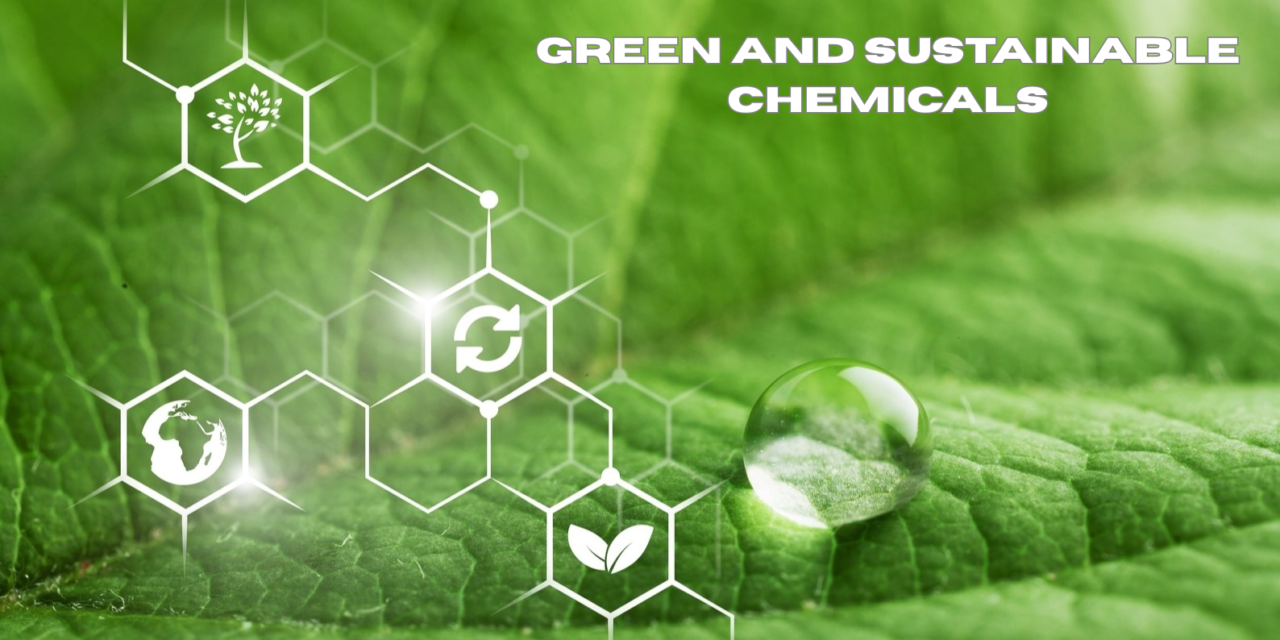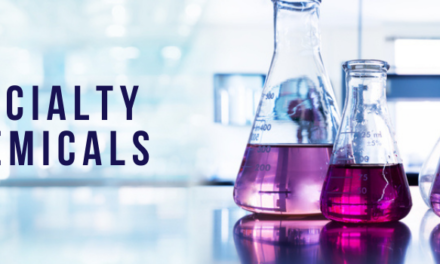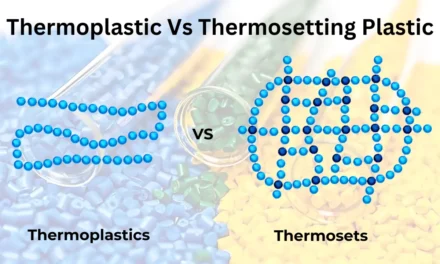Green and sustainable chemicals are substances that are designed, produced, and used in ways that minimize environmental harm, conserve resources, and promote safety and sustainability. These chemicals align with the principles of green chemistry and are central to creating a circular, low-impact economy. Below is a detailed explanation of green and sustainable chemicals, their characteristics, and their applications.
Characteristics of Green and Sustainable Chemicals
- Low Toxicity:
- Safe for human health and the environment during production, use, and disposal.
- Example: Biodegradable surfactants in detergents.
- Derived from Renewable Resources:
- Made from renewable raw materials such as plants, algae, or agricultural waste instead of fossil fuels.
- Example: Bio-based ethanol from sugarcane.
- Biodegradable:
- Break down into non-toxic substances in the environment, reducing pollution and waste.
- Example: Polylactic acid (PLA) used in biodegradable plastics.
- Energy Efficient:
- Produced using processes that require less energy and generate minimal waste.
- Example: Catalytic reactions that operate at ambient temperature and pressure.
- Reduced Carbon Footprint:
- Lower greenhouse gas emissions throughout the chemical’s lifecycle.
- Example: Green hydrogen produced using renewable energy.
Types of Green and Sustainable Chemicals
- Bio-Based Chemicals:
- Derived from renewable biological sources.
- Examples:
- Bio-polyethylene made from sugarcane ethanol.
- Lactic acid for biodegradable plastics.
- Biodegradable Chemicals:
- Break down naturally in the environment without leaving harmful residues.
- Examples:
- Enzyme-based cleaners.
- Compostable polymers.
- Catalysts:
- Chemicals that improve reaction efficiency and reduce energy consumption.
- Examples:
- Enzymatic catalysts in food processing.
- Metal-organic frameworks for carbon capture.
- Eco-Friendly Solvents:
- Non-toxic and low-impact alternatives to traditional solvents.
- Examples:
- Water, supercritical CO₂, and ionic liquids.
- Sustainable Fertilizers and Pesticides:
- Minimize runoff and environmental impact.
- Examples:
- Slow-release nitrogen fertilizers.
- Neem oil-based pesticides.
- Low-VOC Coatings and Adhesives:
- Reduce volatile organic compound emissions.
- Examples:
- Waterborne paints and sealants.
- Recyclable and Circular Chemicals:
- Designed to be recovered and reused in a circular economy.
- Examples:
- Recyclable thermoplastics.
- Solvents in closed-loop systems.
Applications of Green and Sustainable Chemicals
- Personal Care and Cosmetics:
- Natural surfactants, biodegradable exfoliants, and plant-based preservatives.
- Examples:
- Coconut-derived cleansers in shampoos.
- Squalane from sugarcane in moisturizers.
- Agriculture:
- Sustainable fertilizers, bio-pesticides, and soil conditioners.
- Examples:
- Biochar for soil health.
- Organic insect repellents.
- Energy:
- Biofuels, green hydrogen, and energy-efficient battery materials.
- Examples:
- Ethanol-blended fuels.
- Solid electrolytes in lithium-ion batteries.
- Packaging:
- Biodegradable and recyclable materials for sustainable packaging solutions.
- Examples:
- PLA-based containers.
- Compostable films.
- Industrial Processes:
- Low-impact solvents, catalysts, and cleaning agents for manufacturing.
- Examples:
- Green solvents in pharmaceutical synthesis.
- Catalysts for water purification.
- Construction:
- Low-emission paints, insulation materials, and sustainable adhesives.
- Examples:
- Waterborne coatings.
- Bio-based resins.
Benefits of Green and Sustainable Chemicals
- Environmental Benefits:
- Reduced pollution and waste.
- Lower greenhouse gas emissions.
- Conservation of natural resources.
- Economic Advantages:
- Long-term cost savings through efficiency and waste reduction.
- New market opportunities in the green economy.
- Health and Safety:
- Safer alternatives to toxic chemicals.
- Improved occupational safety.
- Regulatory Compliance:
- Alignment with global environmental standards such as REACH, EPA regulations, and the Paris Agreement.
Challenges in Adoption
- Cost and Scalability:
- Green chemicals can be more expensive to produce initially due to raw material costs and process development.
- Performance Parity:
- Matching the performance of traditional chemicals while being sustainable can be challenging.
- Consumer Awareness:
- Educating consumers about the benefits of green chemicals is critical to driving demand.
Future Trends
- Biotechnology Integration:
- Use of engineered microbes for chemical production (e.g., fermentation-based synthesis).
- Circular Economy Practices:
- Increased focus on chemicals designed for recyclability and reuse.
- Digitalization:
- AI and data analytics to optimize green chemical processes.
- Policy Support:
- Expanding government incentives for green chemistry innovations.
Conclusion
Green and sustainable chemicals are essential for transitioning to a low-impact, environmentally responsible economy. By leveraging renewable resources, minimizing waste, and ensuring safety, these chemicals support industries in meeting sustainability goals while addressing environmental challenges. As technology advances and consumer demand grows, the adoption of green and sustainable chemicals will continue to expand across sectors.
Hashtags
#GreenChemicals #SustainableChemicals #EcoFriendlyChemicals #SustainableSolutions #GreenChemistry #EnvironmentalImpact #EcoChemistry #LowCarbonChemicals #EnvironmentallyFriendlyChemicals #GreenChemicalSolutions #SustainableConsumerGoods #GreenConsumerProducts #EcoConsciousConsumer #SustainableMarkets #GreenDemand #TechForSustainability #CleanTechChemicals #BioBasedChemicals #SmartSustainability #InnovativeGreenChemicals #CircularChemistry #ResourceEfficiency #ZeroWasteChemicals #RecyclingInChemicals

















